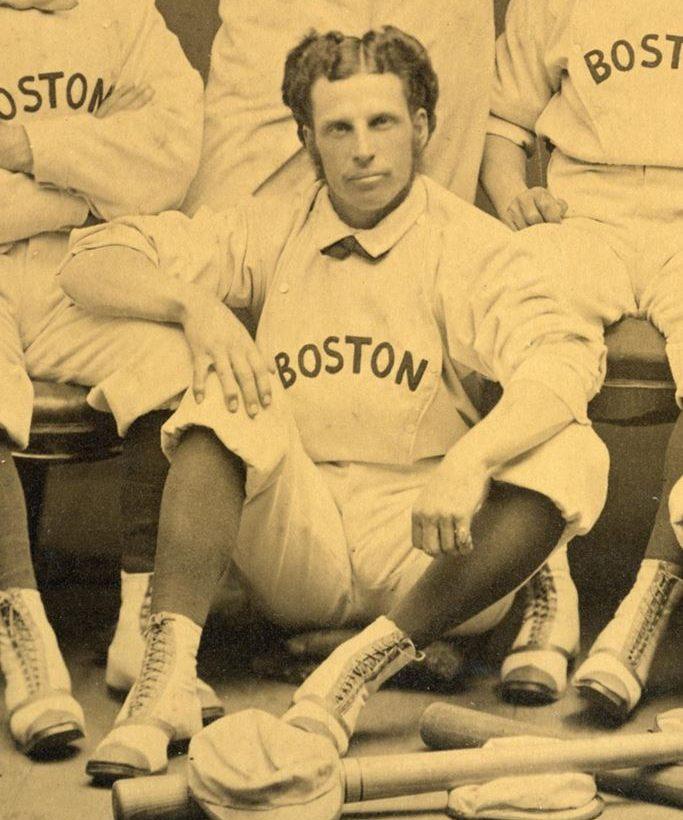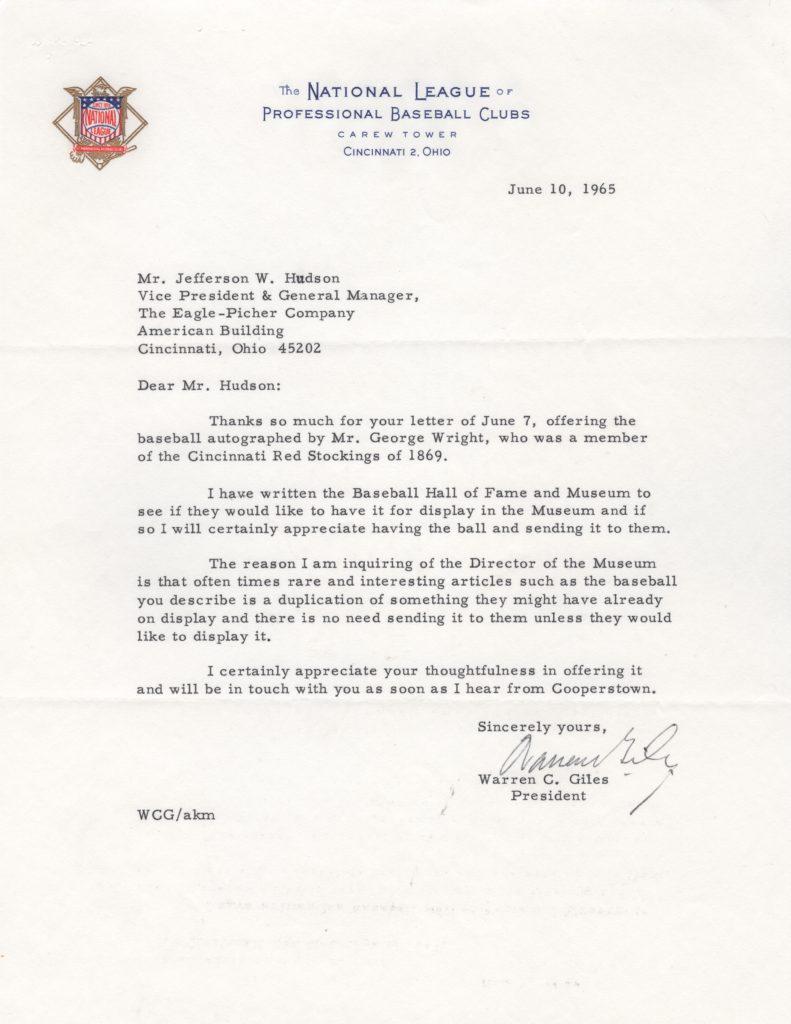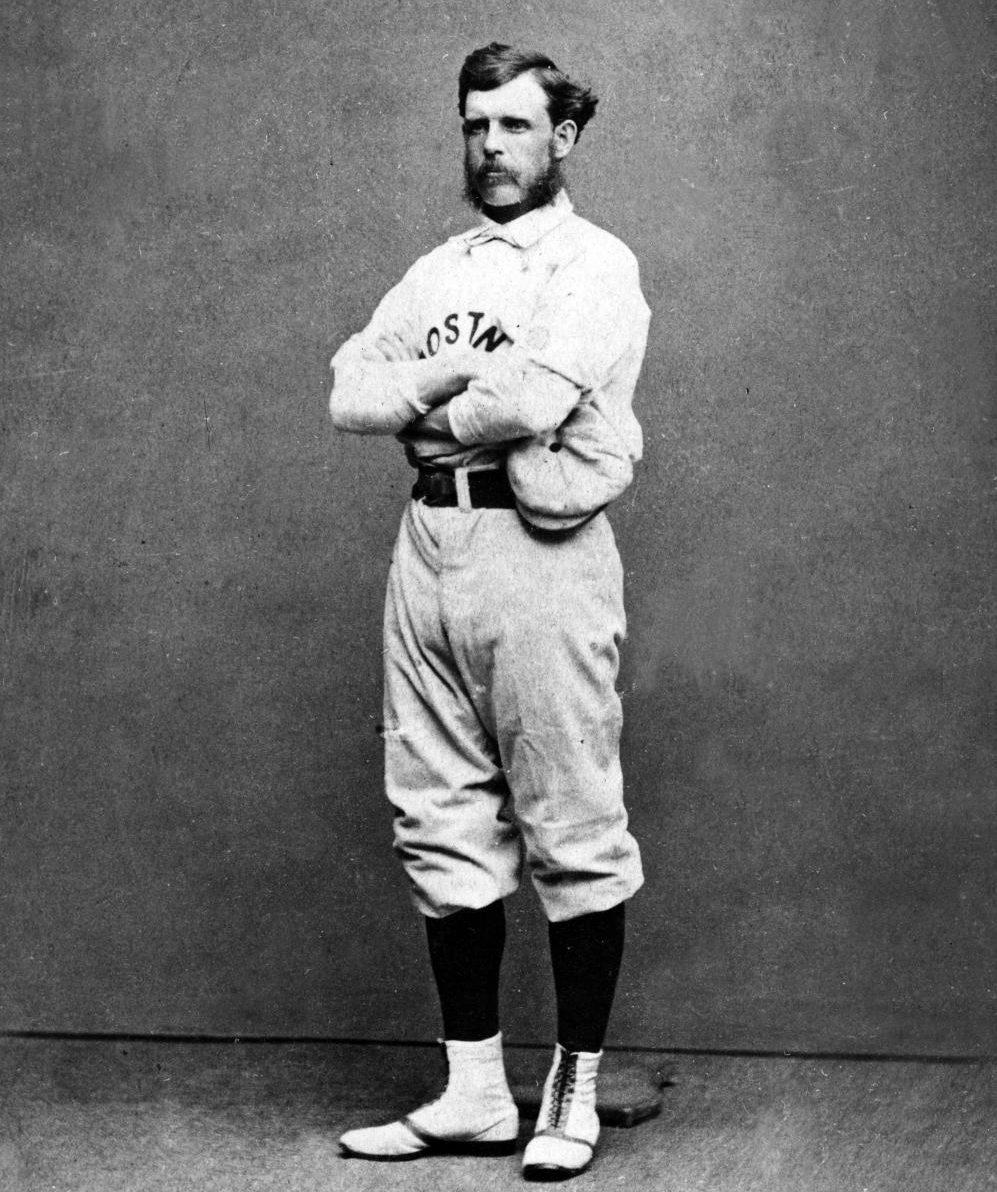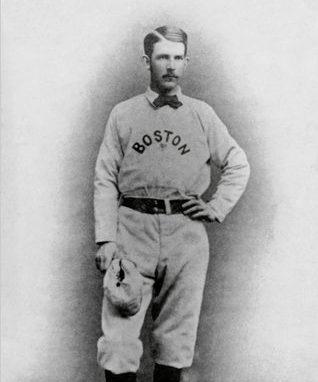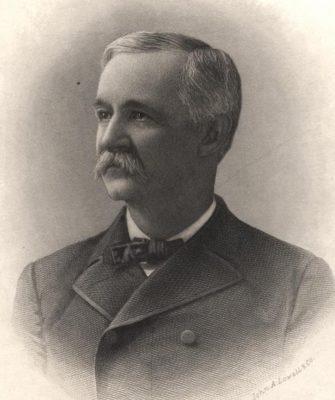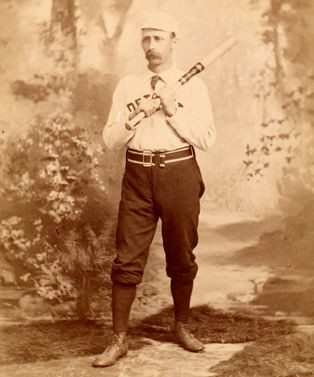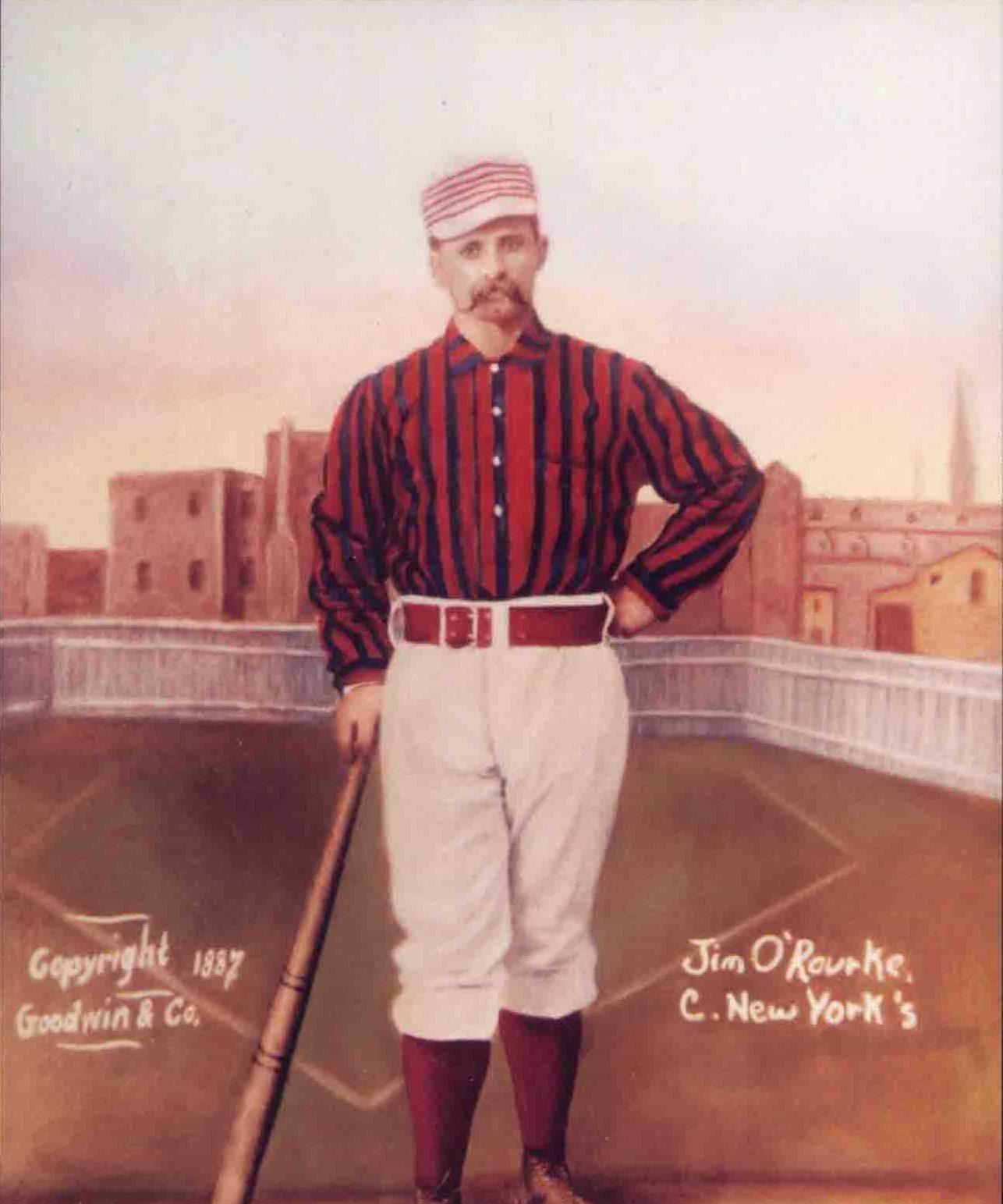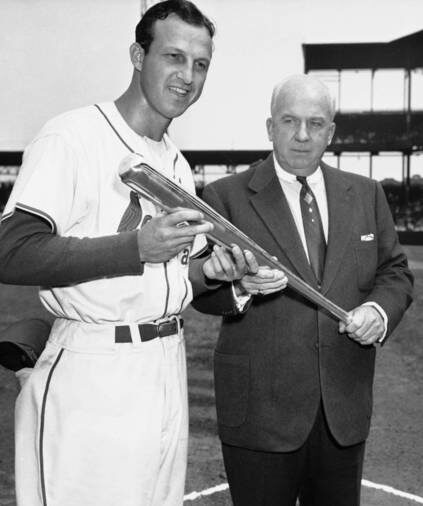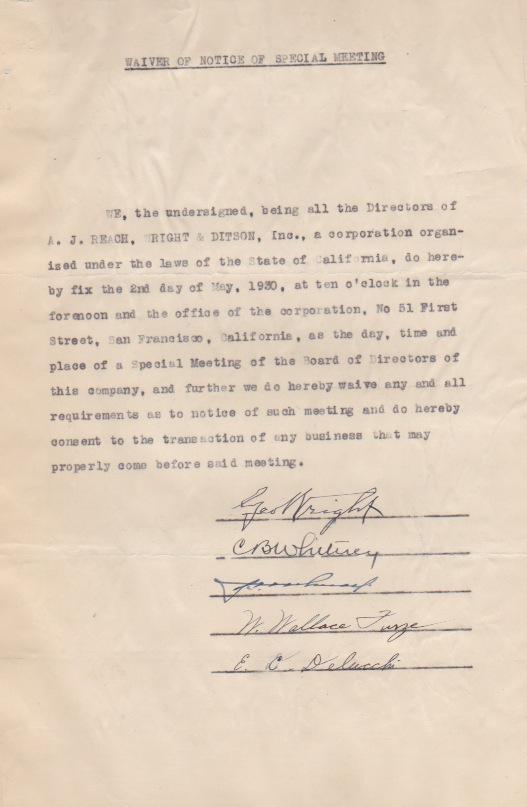
George Wright was the greatest star on the first professional baseball team in America. Teaming with his brother Harry who formed the Cincinnati Red Stockings, George played shortstop and hit leadoff.
Wright was an innovator in the game’s infancy. In 1869 he pushed for a rule to allow the batter to overrun first base to avoid collisions with the first baseman. Wright was the first to cover second base when the ball was hit to the right side. Earlier the base was strictly the domain of the second baseman. Wright is credited as the first to play his position in the hole to improve his range.
He used his smarts, athleticism and strong arm to become the top fielder of his day. According to the Hall Fame, his teammate of four years and fellow Cooperstown man Deacon White described him in glowing terms.
“There isn’t an infielder in the game today who had anything on George Wright when it came to playing shortstop, and certainly there was none during his time,” White said long after the pair retired. “George fielded hard-hit balls bare-handed, gathered them up or speared them when in the air with either hand. He was an expert and accurate thrower, being able to throw with either hand.”
In the leadoff spot, George was the offensive catalyst for the undefeated Red Stockings’ team of 1869. Forty-nine of his 304 hits were home runs. He averaged nearly six hits per game and hit .629. The Wright-led Cincinnati team finished the year with an unblemished record of 57 wins without a loss.
When Harry created a new Red Stockings team in Boston, George followed. In 1871 the shortstop hit .413 for Boston before breaking his leg. The following year the Red Stockings started a run of four consecutive National Association pennants. George led the league in defensive WAR and finished in the NA’s top 5 in doubles, runs, and total bases.
In 1873 he hit .387 with a .511 slugging percentage. George led the league in triples in 1874, then helped his team go 71-8 in 1875, the final of their four-straight championship seasons.
After retiring from baseball, George opened a sporting goods business and was among the first to bring tennis and hockey equipment to the American public.
In the collection is this sporting goods document from May 2, 1930. It is signed by Hall of Fame shortstop and George Wright. The game’s greatest shortstop of the first two decades of professional play, George and brother Harry were the first brother combination voted into the Hall of Fame.
The Of interest on the document is the signature of CB Whitney, the 1911 NCAA mens’ singles tennis champion.
